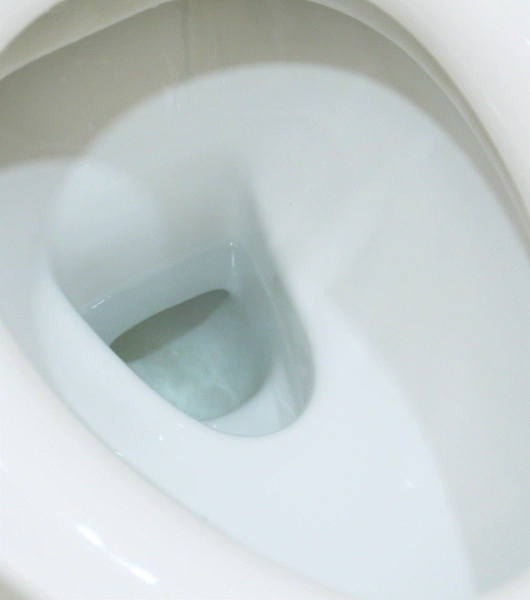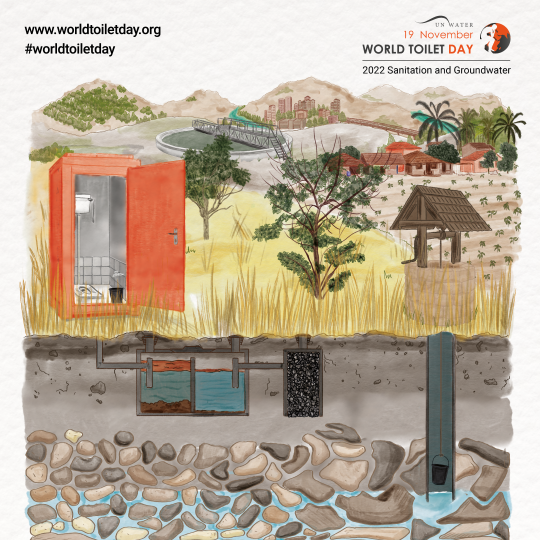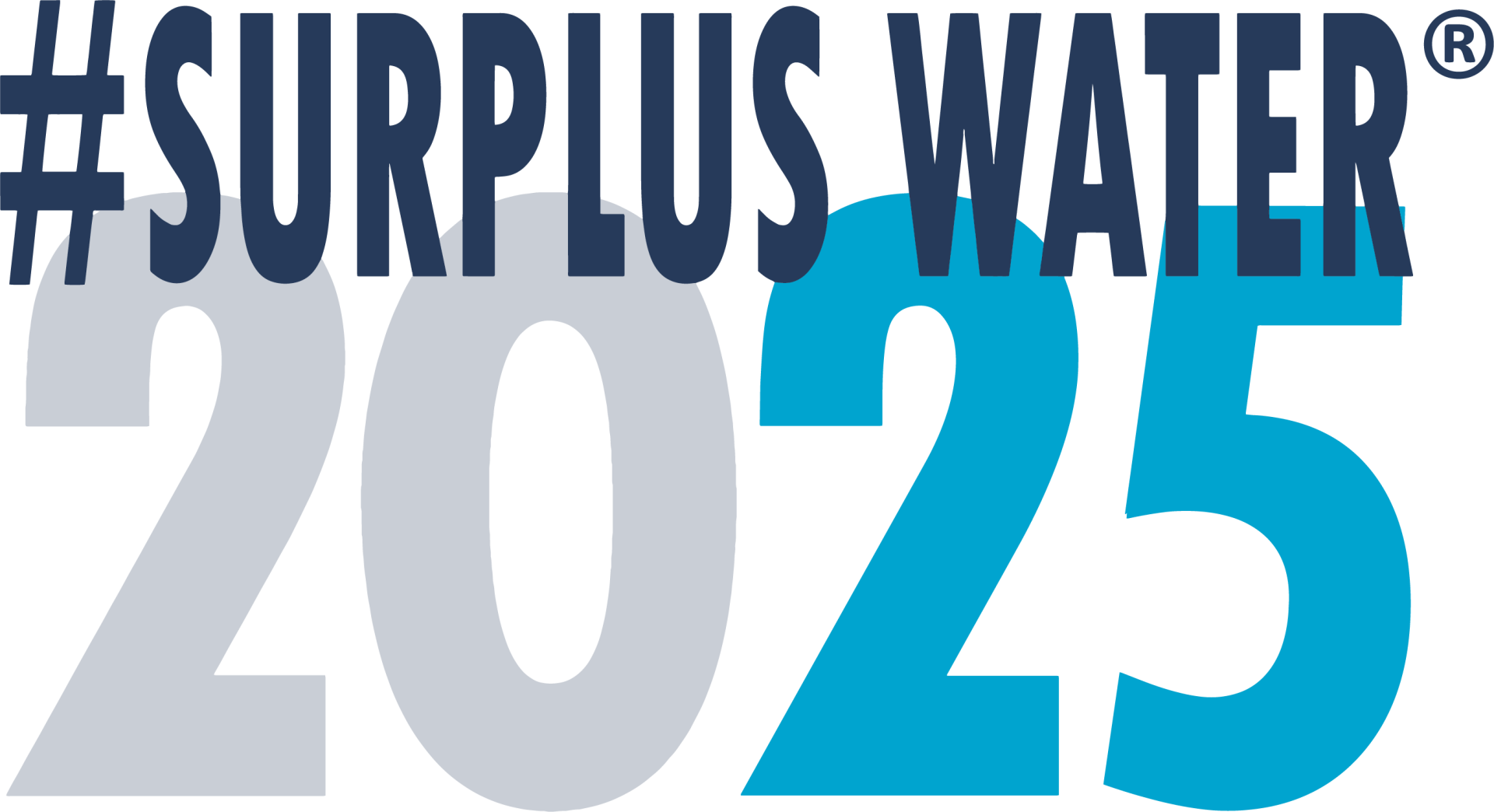Toilets, who cares?
Ansi Gilfillan

Who cares about toilets?
3.6 billion people do, because they don’t have one.
- #WorldToiletDay 2021 Campaign
- #WorldToiletDay 2021 Campaign
3.6 billion people are still living with poor quality toilets that ruin their health and pollute their environment. Every day, more than 800 children die from diarrhoea linked to unsafe water, sanitation and poor hygiene.
If you have a working, flushing toilet, start by being grateful. A toilet is something we so easily take for granted. It is the one seat in the house we don’t really think about but can not go without. It serves the most basic purpose. You know that feeling when you need a toilet badly but it is occupied or even worse, you are far away from one? Nothing else matters, all you can think about is finding a toilet. Imagine for a moment you did not have a safe, flushing toilet at all.
So, who cares about toilets?
We all do! We can start by being mindful, appreciate the old porcelain scooter, and look after it. If your toilet is leaking, fix it. If it appears not to be leaking, check for invisible leaks. A faulty or worn inlet or outlet valve may be causing the toilet to leak.
Most toilet leaks are visible or you can hear the water running. However, leaks between 10 litres and 30 litres of water per hour can easily go undetected. Water running into the bowl is not always visible. If you see slight movement on the surface of the water after you flush and the cistern has filled, chances are you have a small leak.

Quick tip: Checking for a leak
To check if your toilet has an ‘invisible’ leak, put a few drops of food colouring in the toilet tank. Wait a few minutes without flushing. If you see colouring in the bowl, you have a leak.
To check if your toilet has an ‘invisible’ leak, put a few drops of food colouring in the toilet tank. Wait a few minutes without flushing. If you see colouring in the bowl, you have a leak.
Water down the drain
Whether you are using the toilet at home, at work or any public facility, always be on the lookout for leaks. After you have flushed and the tank has filled, make sure the water stops running. If you see a leaking or running toilet, report it. Don’t assume the facility personnel are aware of it.
Here's an example that demonstrates the far-reaching effect of only one leaking toilet:
A toilet can easily leak or continually run at between 10 and 600 litres per hour. Let’s say a toilet leaks at 175 litres per hour. That equates to 4 200 litres of water per day. One leaking toilet can cause 126 000 liters of water literally running down the drain if left unattended for a month.
To put this in perspective, the average four-person household's monthly water consumption is around 21,000 litres. That means a single running toilet can 'consume' the amount of water 6 households use in a month!
Consider the 'consumption' of a faulty toilet running constantly, at 600l per hour. It is clear that a seemingly “small” problem like this, if left unchecked, has a significant impact.
What can I do?
Think about it, talk about it, search #worldtoiletday and share (next time you check your Facebook on the loo 😉).
Help to make the invisible visible.
Help to make the invisible visible.
World Toilet Day 2022
Making the invisible visible
This year, World Toilet Day focuses on the impact of the sanitation crisis on groundwater.
Inadequate sanitation systems spread human waste into rivers, lakes and soil, polluting the water resources under our feet. However, this problem seems to be invisible. Invisible because it happens underground. Invisible because it happens in the poorest and most marginalized communities.
Groundwater is our most abundant source of freshwater. It supports our drinking water supplies, sanitation systems, farming, industry and ecosystems.As climate change worsens and populations grow, groundwater is vital for our survival.
Safely managed sanitation protects groundwater from human waste pollution. Sustainable Development Goal 6.2 is the world’s promise to ensure safe toilets for all by 2030. This means everyone having access to a toilet connected to a sanitation system that effectively removes and treats human waste. But, we are seriously off track to meet this target.
We must work on average four times faster to ensure everyone has a safe toilet by 2030. The connection between sanitation and groundwater cannot be overlooked. Time is running out. We must make the invisible visible. More here:
Inadequate sanitation systems spread human waste into rivers, lakes and soil, polluting the water resources under our feet. However, this problem seems to be invisible. Invisible because it happens underground. Invisible because it happens in the poorest and most marginalized communities.
Groundwater is our most abundant source of freshwater. It supports our drinking water supplies, sanitation systems, farming, industry and ecosystems.As climate change worsens and populations grow, groundwater is vital for our survival.
Safely managed sanitation protects groundwater from human waste pollution. Sustainable Development Goal 6.2 is the world’s promise to ensure safe toilets for all by 2030. This means everyone having access to a toilet connected to a sanitation system that effectively removes and treats human waste. But, we are seriously off track to meet this target.
We must work on average four times faster to ensure everyone has a safe toilet by 2030. The connection between sanitation and groundwater cannot be overlooked. Time is running out. We must make the invisible visible. More here:

Toilets that are properly sited and connected to safely managed sanitation systems collect, treat and dispose of human waste, and help prevent human waste from spreading into groundwater.🚽 #WorldToiletDay www.worldtoiletday.org
Here are some great resources to share, inspire and engage with your friends, family and colleagues this #WorldToiletDay 19 November 2022.
Empty space, drag to resize
Join the conversation
Follow us on Facebook or Instagram for more Stories of Water and easy-to-adopt healthy water saving habits. Together we can do this!
Empty space, drag to resize
Who we are
A community of water warriors, working together to raise water awareness, saving every drop and together, aiming for surplus water in South Africa.
Get in touch
-
South Africa, Earth :)
-
droppie@surpluswater2025.com
#SurplusWater2025 Copyright © 2025
